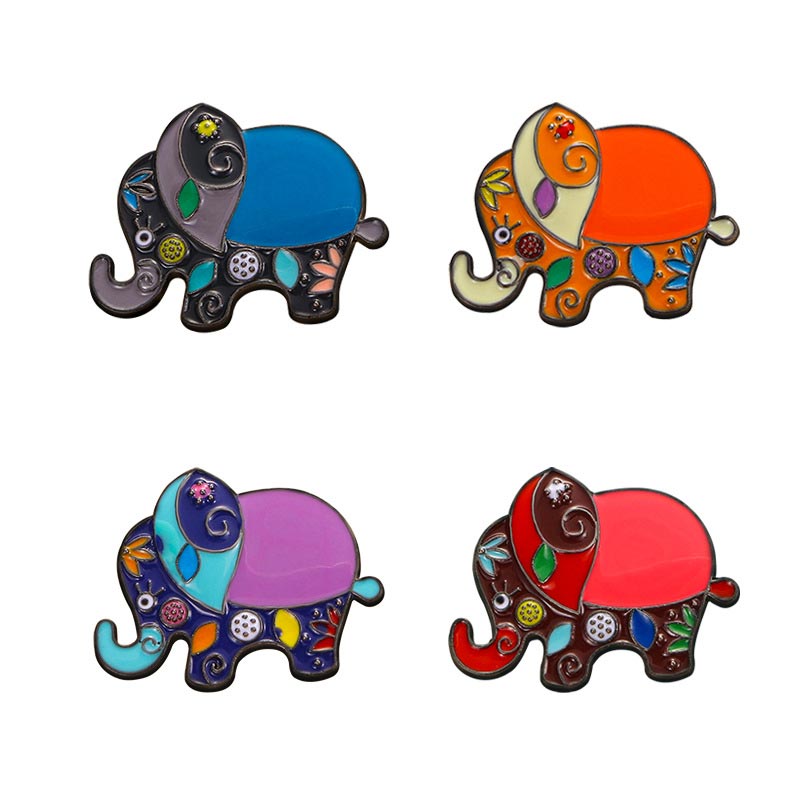What are the advantages of metal badges over badges made of other materials?
2025-04-07
Advantages of metal badges over badges made of other materials.
1. Texture and aesthetics
Gloss and touch:
Metal materials (such as copper and zinc alloys) can present a unique metallic luster and heavy texture, with a natural sense of luxury and collection value, suitable for high-end customized scenes.
Color expression:
Through electroplating, baking paint, enamel and other processes, the metal surface can present rich color levels, and the color retention is better than resin/plastic materials.
2. Process adaptability and design diversity
Complex process support:
Metal is suitable for stamping, die-casting, hollowing and other processes, and can produce three-dimensional relief and fine textures (such as 3D badges, double-sided commemorative medals), while resin/plastic is difficult to achieve the same details.
Material compatibility:
Metals such as copper and zinc alloys can be combined with high-precision processes such as enamel and baking paint to enhance the artistic expression of badges.
3. Durability and service life
Wear resistance:
Metals such as stainless steel and copper are hard and resistant to scratches and physical impacts, suitable for long-term wear or frequent use, and are better than plastic materials that are prone to aging.
Environmental stability:
Some metals (such as stainless steel and red copper) are highly resistant to corrosion and can last for decades without fading if properly preserved in a dry environment.
4. Cultural value and symbolic significance
Historical heritage:
Metal materials are often associated with cultural symbols such as medals and commemorative coins, giving badges a stronger sense of ritual and authority.
Collection value:
Badges made of precious metals (such as silver and gold plating) and special craftsmanship (such as real enamel) have the property of preserving value and are often used in limited editions or souvenirs.





